June '24: Pulse Summit Recap
The key takeaways from Pulse Summit, a quantum computing hackathon, and an interview with Aravind Srinivas.
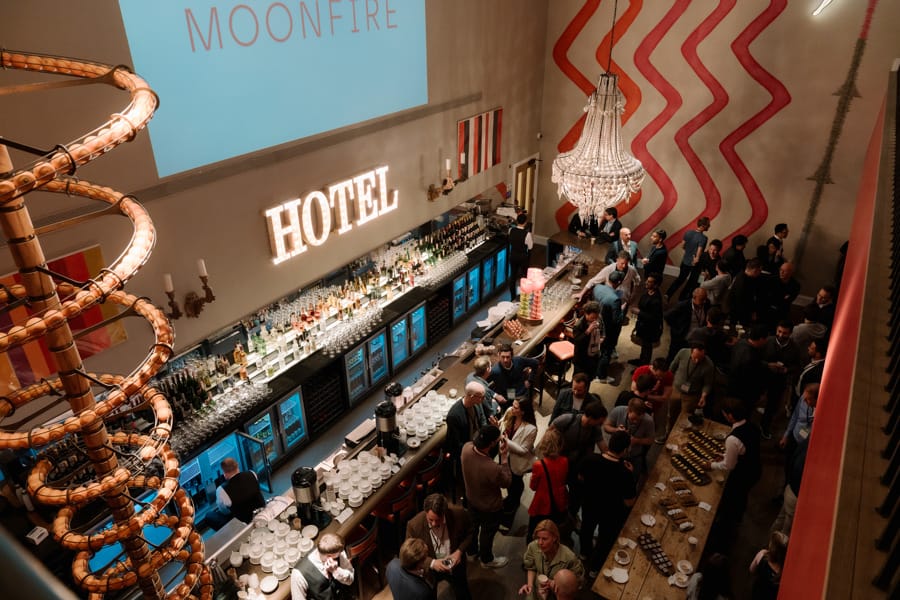
Hello and welcome to the June newsletter.
It's been a bumper month.
- We hosted our annual Pulse Summit and our inaugural Founder Summit – a great two days of talks, and meeting and catching up with you. Thanks to everyone who joined us, and a special thank you to our sponsors, moderators, and panelists. Look forward to seeing you at the next! Read our takeaways below.
- Akshat appeared on an episode of the Riding Unicorns podcast, talking about his journey from banker to founder to VC, our data-driven approach, and how to handle failure as a founder. Give it a listen.
- Mike joined a panel of VCs and LPs to talk about building a product-driven VC from the ground up. Watch the panel and read the highlights.
- Jonas hosted a quantum computing hackathon, teaching 15 engineers and physicists elementary quantum mechanics and getting hands on designing and running quantum circuits.
Enjoy.
Mattias and the Moonfire team
🌓🔥
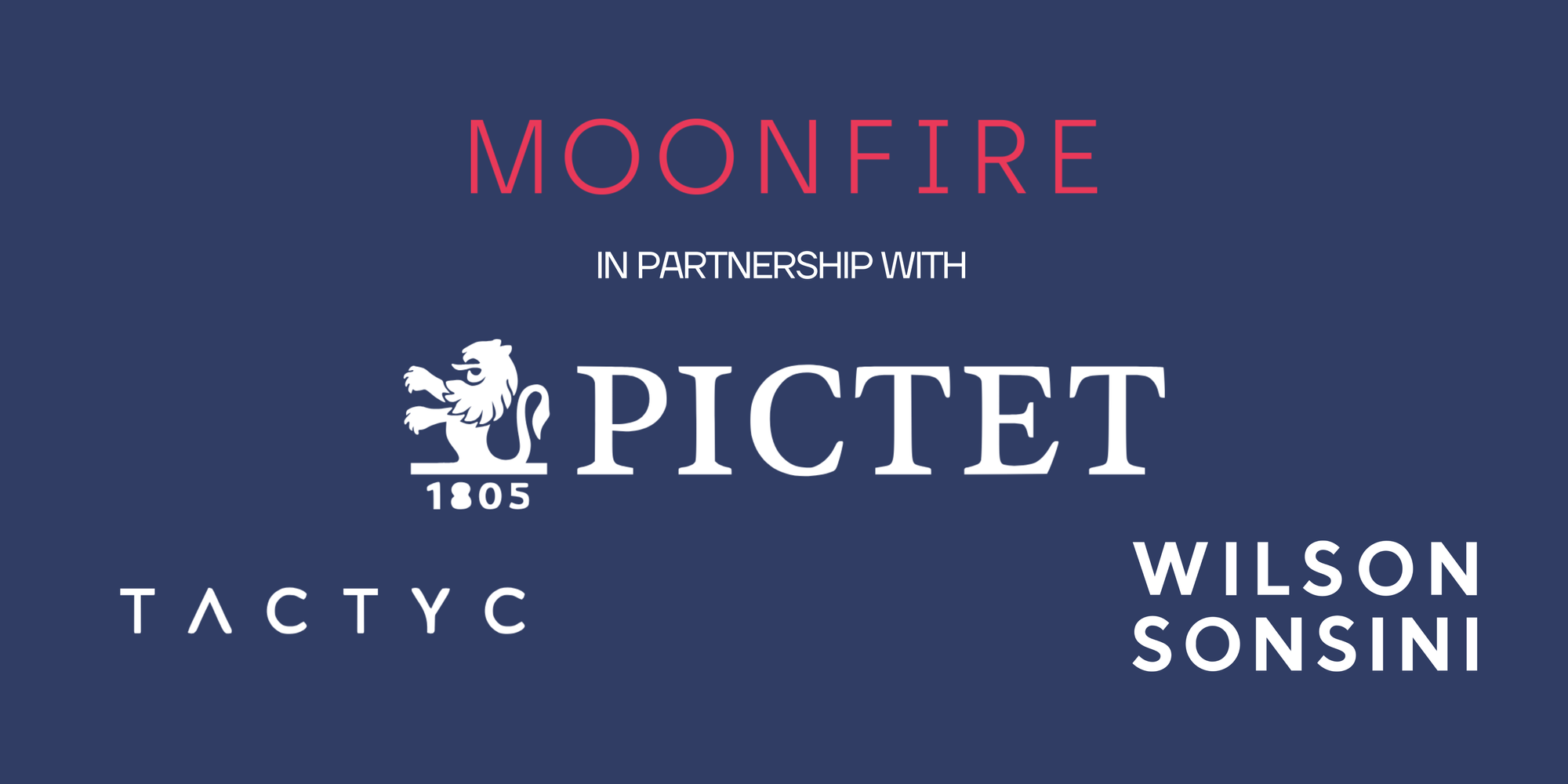
The Snapshot
Here's a quick roundup of cool stuff we saw this month:
- 100 instances of startups doing things that didn’t scale.
- One rare trait all successful founders have.
- Coding in 2024: 1) Use AI 2) Check everything twice.
- Career advice from Stripe Press's commissioning editor.
- How the mouse found its way from Victorian novelty to a biomedical mainstay.
- OpenAI’s former chief scientist Ilya Sutskever launches new AI company.
Portfolio Update
Brightwave
Brightwave raises $6m seed round

AI-based financial research assistant startup Brightwave announced its $6m seed this month. The round was led by Decibel Partners, with participation from us and Point72 Ventures, as well as a great group of angel investors from the likes of OpenAI, Databricks, Uber, and LinkedIn.
Looking forward to supporting Mike, Brandon and the team as they use AI to expand human capacity to understand markets – and, ultimately, the world.
'With Brightwave, we are creating a system that can reason over bodies of information that exceed the limits of human cognition. Artificial intelligence is a force multiplier for financial professionals, and Brightwave is explicitly designed to act as a partner in thought.'
– Mike Conover, Co-founder and CEO of Brightwave
What's Up at Moonfire?
Pulse Summit Key Takeaways
Differentiation in the AI hype cycle
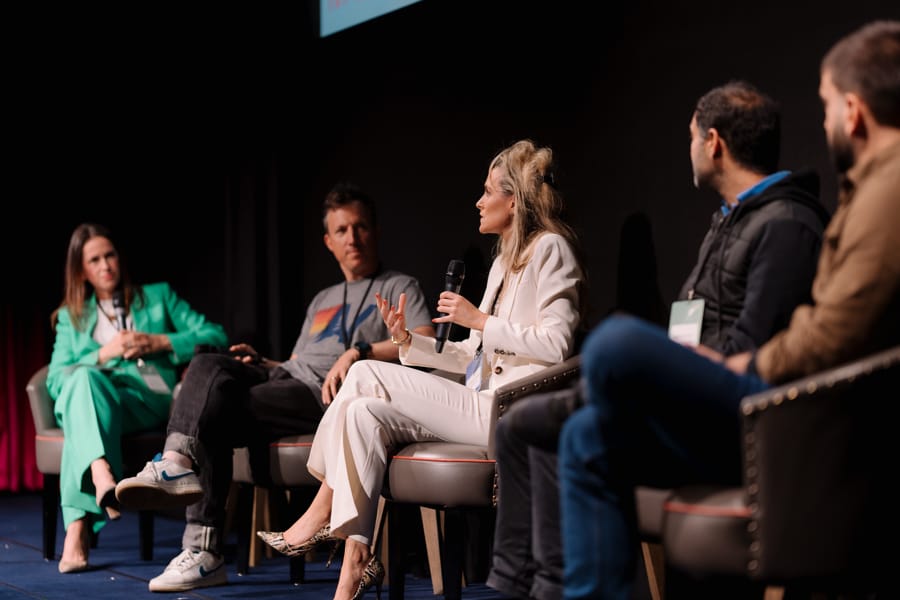
Are we in a hype cycle? Yes and no. Many people’s expectations are overhyped, but that’s largely because AI’s success hinges on a lot of new scientific progress, not just new product development – and it’s hard to judge the rate and direction of that, whether you’re a consumer, founder, or investor.
As Mehdi Ghissassi, Director & Head of Product at DeepMind, pointed out, Uber was only made possible by Google Maps – what’s the AI equivalent? What engineering, product, and hardware foundations does AI need to unlock its full potential?
While there’s still a lot of road left to run with transformers, there’s also a lot of promise in other models. Rosalyn Moran, CEO at Stanhope AI, is exploring active inference as a complementary approach. By addressing fundamental limitations of transformers – such as lack of memory, static learning, data inefficiency, and opacity – active inference offers a framework for understanding and developing intelligent systems, paving the way for more robust, adaptive, and human-like AI systems.
The key to differentiation in AI, however, is timeless: build products that people want. Start with the user and their needs, not the technology. As Fabian Roth, Co-founder and CEO of fore ai, put it, you need to be solving “hair on fire” problems and building specific applications that deliver real value.
But given that many new use cases are being eaten by OpenAI and incumbents, founders need to be looking where they can’t go: areas niche enough that larger, more horizontal players can’t compete.
Chasing DPI: It’s not straightforward
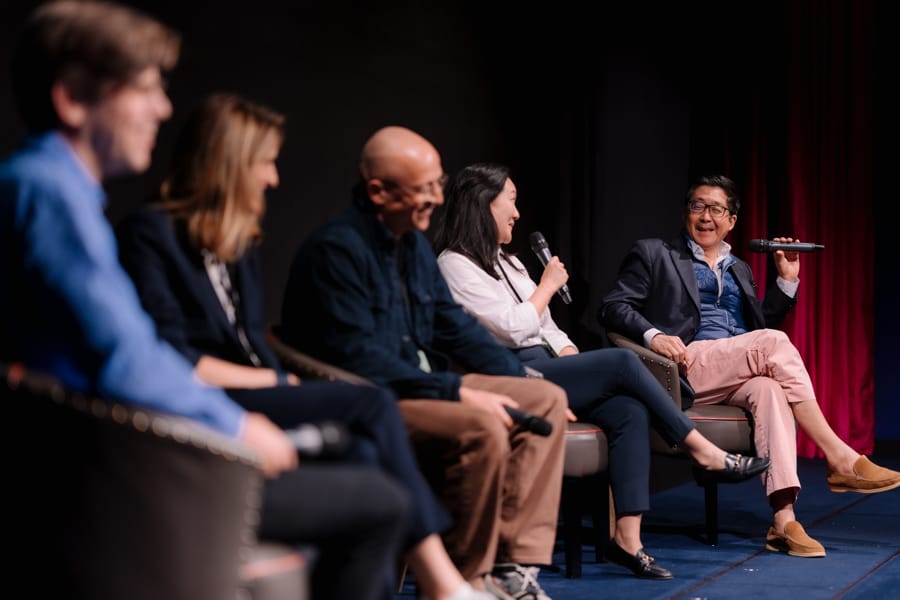
Despite the perception of a sluggish exit landscape, Yoram Wijngaarde, Founder and CEO of Dealroom, highlighted that the number of exits is actually at an all-time high. There were 4,000 startup exits in 2023 in Europe alone, 1,000 of which were VC-backed. However, exit multiples are at an all-time low. It might not be a good time to be exiting a business, but it’s a good time to be buying one.
This difference between the perception and reality may be because the exit landscape has evolved from IPO-or-nothing to a more complex environment with multiple off-ramp routes, where secondaries and acquisitions are becoming more common. And this shift requires more nuanced balancing of interests between founders and investors across a company’s lifecycle. Who is taking the money off the table, and when, has become a lot more complicated.
Michael Kim, Founder of Cendana Capital, said that LPs need to recalibrate their expectations for venture returns and to remember that it’s a long game. While there are off-ramps to create liquidity through secondaries, ‘LPs expecting any DPI in the first five years is ludicrous.’ Instead, LPs should anticipate DPI in about 8 to 10 years.
Michael also discussed what he calls the “messy middle” – companies with $200-300 million ARR that struggle with exits due to a lack of public market demand. It highlights the complexity of managing expectations and liquidity in the current landscape.
The role of secondaries was also a major topic. Stacy Kim, Partner at Wilson Sonsini, noted the fluctuating prevalence of secondaries. Before Covid, around 10% of deals would include some founder equity release via secondaries. During 2020-2022, that figure jumped up to 75% – including Seed rounds. Now it’s back down to 10%.
Michael recommended that emerging fund managers consider partial secondary sales to produce meaningful returns. Selling 10-15% along the way can help hit DPI targets without compromising the overall investment.
Global sales: Let’s start from day one
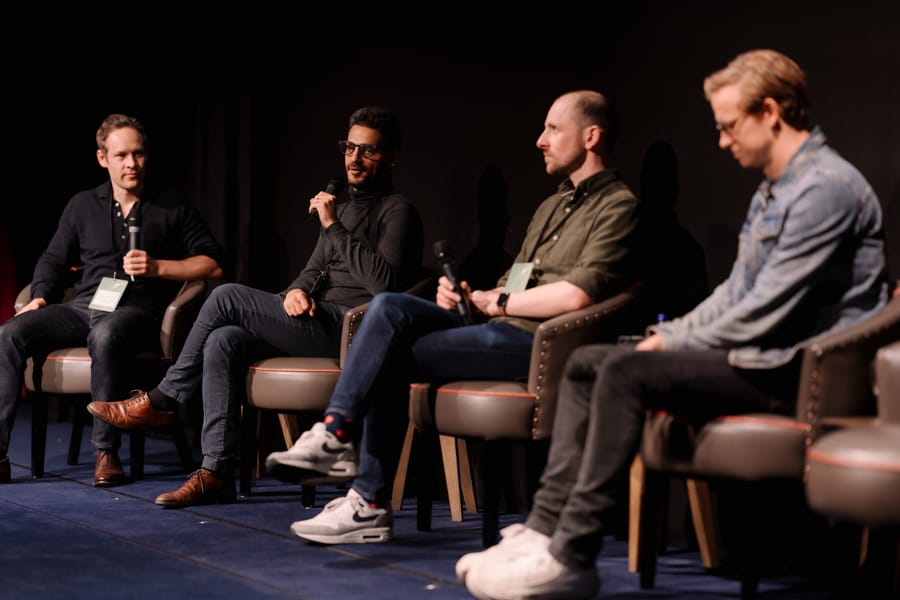
Layering inbound tends to be more effective than diving into outbound too quickly. If you neglect nurturing your early inbound leads and shift focus to outbound too soon, you risk alienating early customers.
Chris Evans, Co-founder and Chief Product Officer of Incident, shared that in their early days, their approach was entirely inbound, relying on authenticity, helpfulness, word of mouth, and founder-led sales. Only later did they consider outbound. Even then, Chris said that pulling out of founder-led sales too fast was a mistake – three years in and he’s still deeply involved in sales. It’s a powerful tactic and can take you a long way.
The key is focus, said Matt Robinson, Founder of GoCardless and Nested, and Partner at Accel. Do a few things very well rather than trying to do too much at once. When you find a point of traction, double down on it. Once you’ve got the initial momentum sorted, you can start layering stuff on top of it. But focus first. His biggest successes came from customer-focused pull sales, which empower customers, rather than push sales. The biggest risk is overscaling an inefficient sales model.
Lasse Kalkar, Founder and CEO of LiveFlow, echoed this, talking about their initial strategy of focusing solely on the US market. It allowed them to build a strong inbound motion quickly, leveraging the tight-knit accountant community to drive word-of-mouth referrals. Once they established a solid sales motion, they layered on outbound strategies with SDRs to target specific accounts.
Samuel Hassine, CEO and Co-Founder of Filigran, talked about the power of building an early community around an open source product. It takes a lot of effort, but it creates an incredibly powerful sales motion and global reach from day one. It allows you to build champions, who move from one company to another, bringing the technology with them – particularly in the cybersecurity industry where talent moves around a lot.
Trust: How do we rebuild it and can policy help?
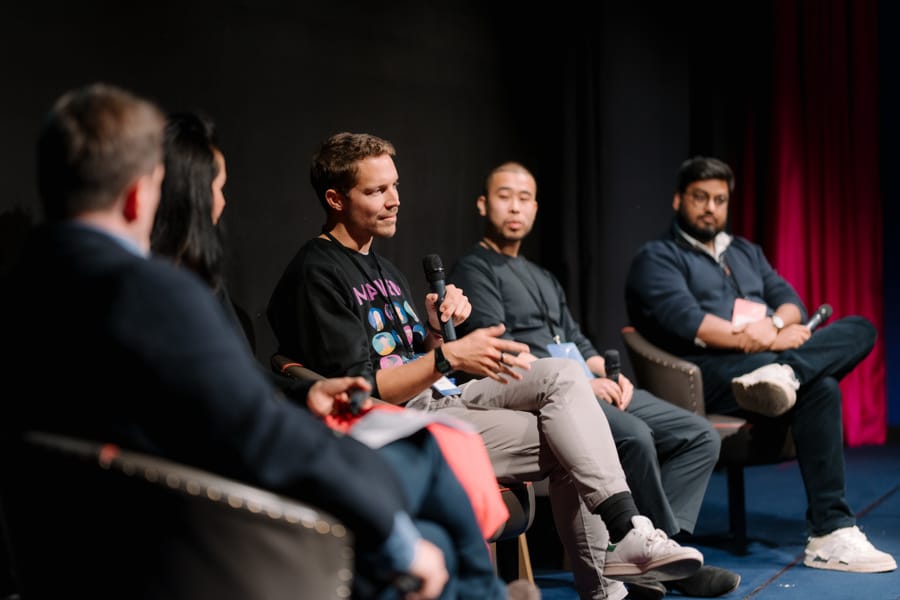
Regulators are stretched thin as it is, so trying to hit the fast-moving, evolving target of AI is near impossible.
As Avid Larizadeh Duggan, Senior Managing Director TVG at Ontario Teachers' Pension Plan, pointed out, AI is particularly tricky because it’s a horizontal technology – but each vertical to which it’s applied has very different risks. Managing AI in healthcare looks vastly different to AI in game design.
The UK is already taking steps to manage AI, with the AI Safety Institute collaborating with model providers to access new models before release. But, as Max Ahrens, Co-Founder and CEO of Maihem, noted, a good AI regulatory regime needs a plurality of companies for testing capabilities to avoid biassed views. Think about the MOT – mandated by government, but all the testing is carried out by thousands of private companies.
Pete Huang, Co-Founder and Head of Product at Healthtech-1, discussed the particular challenges of integrating AI into healthcare, especially in the UK, where there’s a lot of scepticism from doctors and tech adoption in GP practices lags by 10-20 years. Healthtech-1’s approach is building trust through small, less risky use cases, such as automating GP registration and lab reports, to pave the way for more complex applications. In other words, using trust as a wedge.
Pete also talked about the changing risk premiums and tradeoffs in a more AI-driven world. Would consumers prefer a tired doctor or an AI?
Influencers own the distribution
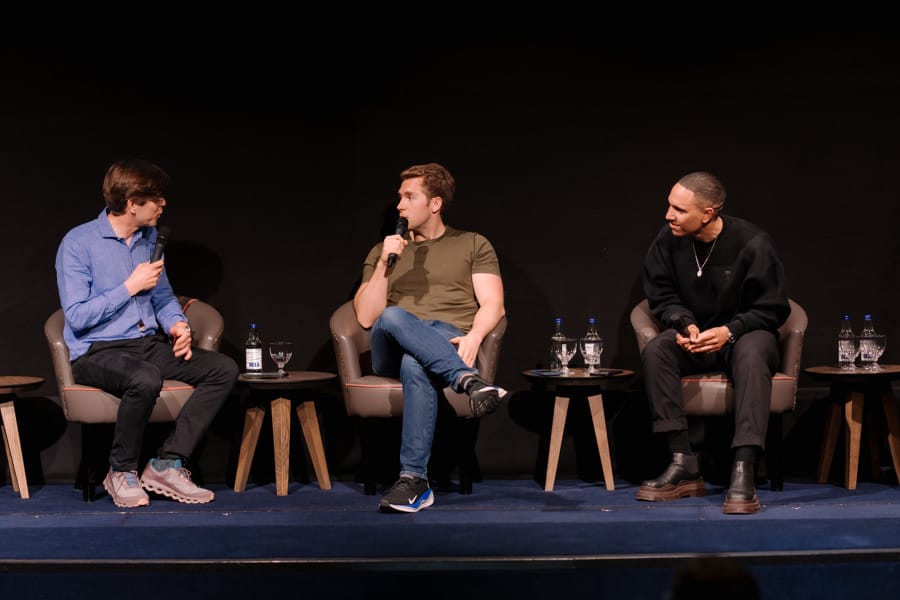
Influencers have come a long way, from ad dollars to their own venture portfolios.
In our final talk, we hosted Harry Stebbings, creator of 20VC, and Jordan Schwarzenberger, Manager of The Sidemen. They discussed the crucial role of distribution and how they leveraged their creator platforms to establish venture funds.
As venture becomes commoditised, investors need to differentiate themselves in an increasingly competitive market. Harry sees content and distribution as his way of winning – building the 20VC podcast into a distribution platform and layering venture on top. It follows in the footsteps of what Fred Wilson did with his newsletter and Paul Graham did with his early blog posts – using content to amplify their investment capabilities.
Having a big audience gives you initial distribution, but distribution alone doesn’t beget good business fundamentals, said Jordan. You need to deliver on the promise with a product that actually works. But it does give you a platform to test ideas quickly at scale.
Ultimately, said Harry, venture is a talent spotting business – and being a good interviewer helps. You can get more from a conversation, and better assess founders and their potential. He identified three common traits among the best founders: they often moved multiple times in their youth, forced to assimilate with different people and cultures; showed early signs of exceptionalism, like starting a business at a young age; and make you feel a bit uneasy – ‘which is why I like venture, because you’re looking for something beyond the everyday. Incredible entrepreneurs are probably not the best cocktail party guests, but that’s not what you’re after.’
Harry also pointed out the unrealistic expectations of immediate ROI in content creation. It took 125 shows before 20VC gained over 1,000 plays for a single show. This is a game of who lasts the longest. Persistence and consistency is everything.
Podcast of the Month
Lex Fridman Podcast – Aravind Srinivas: Perplexity CEO on Future of AI, Search & the Internet
Great episode with the Founder and CEO of Perplexity. He talks about the history and future of AI, search and the internet, and offers a lot of great advice on how to start and run a company.
'If there is a certain idea that really just occupies your mind all the time, it's worth making your life about that idea and living for it.'
Good Read of the Month
'Active Inference: The Free Energy Principle in Mind, Brain, and Behavior' by Thomas Parr, Giovanni Pezzulo, and Karl Friston

This is the first comprehensive treatment of active inference, a biologically inspired framework grounded in Bayesian inference and the free energy principle. The theory posits that all agents aim to minimise prediction errors by continuously updating their internal models and taking actions to reduce uncertainty.
Our portfolio company, Stanhope AI, is exploring active inference as a complementary approach to the transformer-based AI models which currently dominate. By addressing limitations such as lack of memory, static learning, data inefficiency, and opacity, active inference provides a framework for developing more robust, adaptive, and human-like AI systems.
That’s all for this month.
Until next time, all the best,
Mattias and the Moonfire team
🌓🔥

